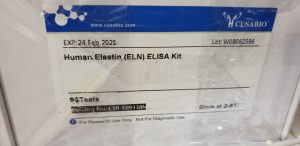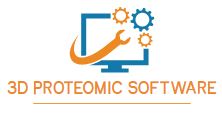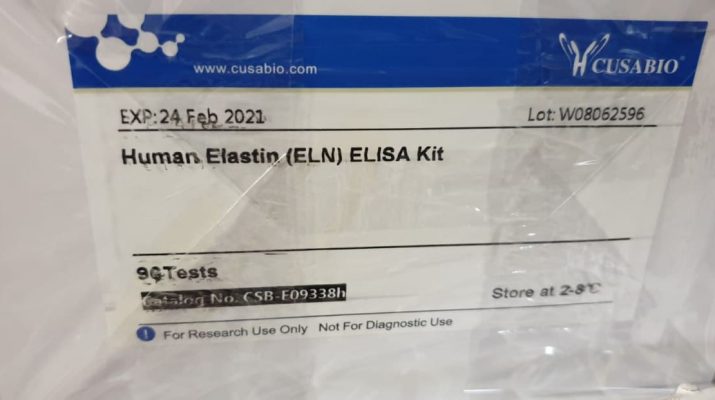mzDB: a file format utilizing a number of indexing methods for the environment friendly evaluation of enormous LC-MS/MS and SWATH-MS information units.

3DSpectra: A three-d quantification algorithm for LC-MS labeled profile information.
Mass spectrometry-based <em>proteomics</em> can generate extremely informative datasets, as profile three-dimensional (<em>3D</em>) LC-MS information: LC-MS separates peptides in two dimensions (time, m/z) minimizing their overlap, and profile acquisition enhances quantification. To take advantage of each information options, we developed <em>3D</em>Spectra, a <em>3D</em> method embedding a statistical methodology for peptide border recognition. <em>3D</em>Spectra effectively accesses profile information via mzRTree, and makes use of a priori metadata, offered by search engines like google, to quantify the recognized peptides.
An isotopic distribution mannequin, formed by a bivariate Gaussian Combination Mannequin (GMM), which features a noise part, is fitted to the peptide peaks utilizing the expectation-maximization (EM) method. The EM beginning parameters, i.e., the facilities and shapes of the Gaussians, are retrieved from the metadata. The borders of the peaks are delimited by the GMM iso-density curves, and noisy or outlying information are discarded from subsequent evaluation. The <em>3D</em>Spectra program was in comparison with ASAPRatio for a managed combination of Isotope-Coded Protein Labels (ICPL) labeled proteins, which had been blended at predefined ratios and bought in enhanced profile mode, in triplicate.
The <em>3D</em>Spectra <em>software program</em> confirmed considerably larger linearity, quantification accuracy, and precision than did ASAPRatio on this actual use case simulation the place the true ratios are recognized, and it additionally achieved wider peptide protection and dynamic vary. We developed mzDB, an environment friendly file format for big MS information units. It depends on the SQLite <em>software program</em> library and consists of a standardized and transportable server-less single-file database.
[Linking template=”default” type=”products” search=”MagSi-proteomics C18″ header=”2″ limit=”150″ start=”3″ showCatalogNumber=”true” showSize=”true” showSupplier=”true” showPrice=”true” showDescription=”true” showAdditionalInformation=”true” showImage=”true” showSchemaMarkup=”true” imageWidth=”” imageHeight=””]
ID-MS/MS cleavable cross-linkers maintain an unlimited potential for an automatic evaluation of cross-linked merchandise, which is important for conducting structural <em>proteomics</em> research. The created attribute fragment ion patterns can simply be used for an automatic task and discrimination of cross-linked merchandise. To this point, there are just a few <em>software program</em> options accessible that make use of those properties, however none permits for an automatic evaluation of cleavable cross-linked merchandise. The MeroX <em>software program</em> fills this hole and presents a strong instrument for protein <em>3D</em>-structure evaluation together with MS/MS cleavable cross-linkers.

